The Instagram account (and book series, internet platform, and museum exhibition) Accidentally Wes Anderson would have a field day in Forte dei Marmi. The town, with its picturesque buildings, nestled between the mountains and the Tyrrhenian Sea, is so polished and quaint that it almost feels unreal.
The fact that it caters to those who are more fortunate than most (or at least to those who aspire to appear as such) is obvious already from the moment you enter the town. In nearby Viareggio, the coastline’s other main seaside resort, shops in the centre of town offer plastic flipflops and towels with cheesy touristic images, but in Forte dei Marmi, all main luxury fashion brands – from Gucci and Prada to Hermès and Louis Vuitton – are represented. In New York, London, and Paris, these brands are found in large stores with an army of staff inside, but here they have adapted to the small-scale aesthetics of seaside towns. It’s strange but also refreshing, luxury appearing more cute than sexy, more cosy than aspirational. Even the items on offer are different than in other places, aligned with the slower pace of a seaside resort (the prices are however the same).
The luxury industry is currently in a state of crisis, due primarily to a combination of the uncertainty of the Chinese consumer economy and a series of unfortunate strategic brand decisions that have alienated much of its former core clientele. Brands have raised retail prices while lowering product quality, betting that the allure of branded goods would keep customers loyal. Instead, people are choosing to spend their money on other forms of luxuries, like better food, organic wine, and travel. The lines of luxury shops in Forte dei Marmi are beautiful but feel antiquated, relics of a time past.
But there are many other things to do in Fore dei Marmi than shopping. Or maybe not, but most don’t go to the seaside to be active but to unwind.
Much of the town’s social life revolve around its beach clubs. Bagno Dalmazia – with its 44 cabanas and rows of chestnut wood sunbeds – has been in the same spot since the early 1950s, and includes also a restaurant and spa, complete with a Finnish sauna.
If you’re a fan of Italian music, perhaps you would prefer Alpemare Beach Club, owned by the Bocelli family (which includes Andrea Bocelli).
Our personal favourite is however Maitó Beach Club, marked by its success in the 1960s. The mid-century style is still present in many details, but the original restaurant has been merged with the former Orsa Maggiore bathing establishment, which allowed for the creating of a 300 square metres swimming pool.
The 64 imperial tents, in signature blue and white, are furnished with deckchairs, regatta chairs and sunbeds, suggesting that guests check in here to perfect the art of relaxing.
The most famous of Forte dei Marmi’s hotels is Hotel Augustus, as it was once known as Villa Costanza, home of the Agnelli family (of Fiat fame). A sidenote is that Curzio Malaparte also lived here for some time, with his partner Virginia Bourbon del Monte, Edoardo Agnelli’s widow.
In her autobiographical novel Vestivamo alla marinara, Susanna Agnelli (daughter of Edoardo and Virginia) writes fondly of her time in Forte dei Marmi: “...We would swim in the waves morning and afternoon for hours, forgetting about Miss Parker’s rules. We used to go for very long walks on the beach by the sea, beyond the Forte pier towards the Ronchi: collecting shells, watching the crabs...”
To be honest, Forte dei Marmi is more famous for its shopping than for its hotels, and so there are no truly great options, but a nice place to stay is La Datcha, housed in a 1930s building only 30 metres from the beach, with its own swimming pool, Turkish bath, and sauna.
Hotel Goya, in operation since 1910, is Forte dei Marmi’s oldest hotel (one of its initial selling points was that it had electricity) but is also decidedly contemporary – it’s the only hotel in the town with a double green certification and is today run on solar panels. The location is very central, in the heart of the downtown area, and the restaurant has kept its original Liberty style interiors intact.
Speaking of where to eat, Ristorante Lorenzo needs no further introduction. A legendary establishment for more than 40 years, the kitchen is currently headed by Gioacchino Pontrelli, while (the owner) Lorenzo Viani’s daughter Chiara oversees the wine list.
Another family-run restaurant is Bagno Silvio, which has been managed for more than a century by the Dazzi family, and a classic on the Forte de Marmi’s culinary scene. A new addition is Ristorante D’Oria, right in front of Marconi Square, with contemporary décor and a pleasant vibe.


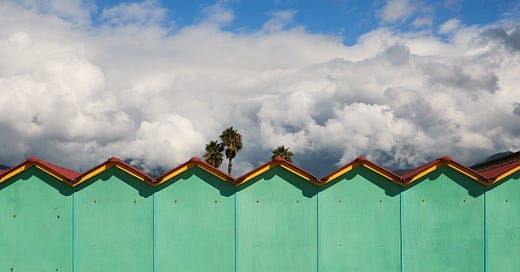



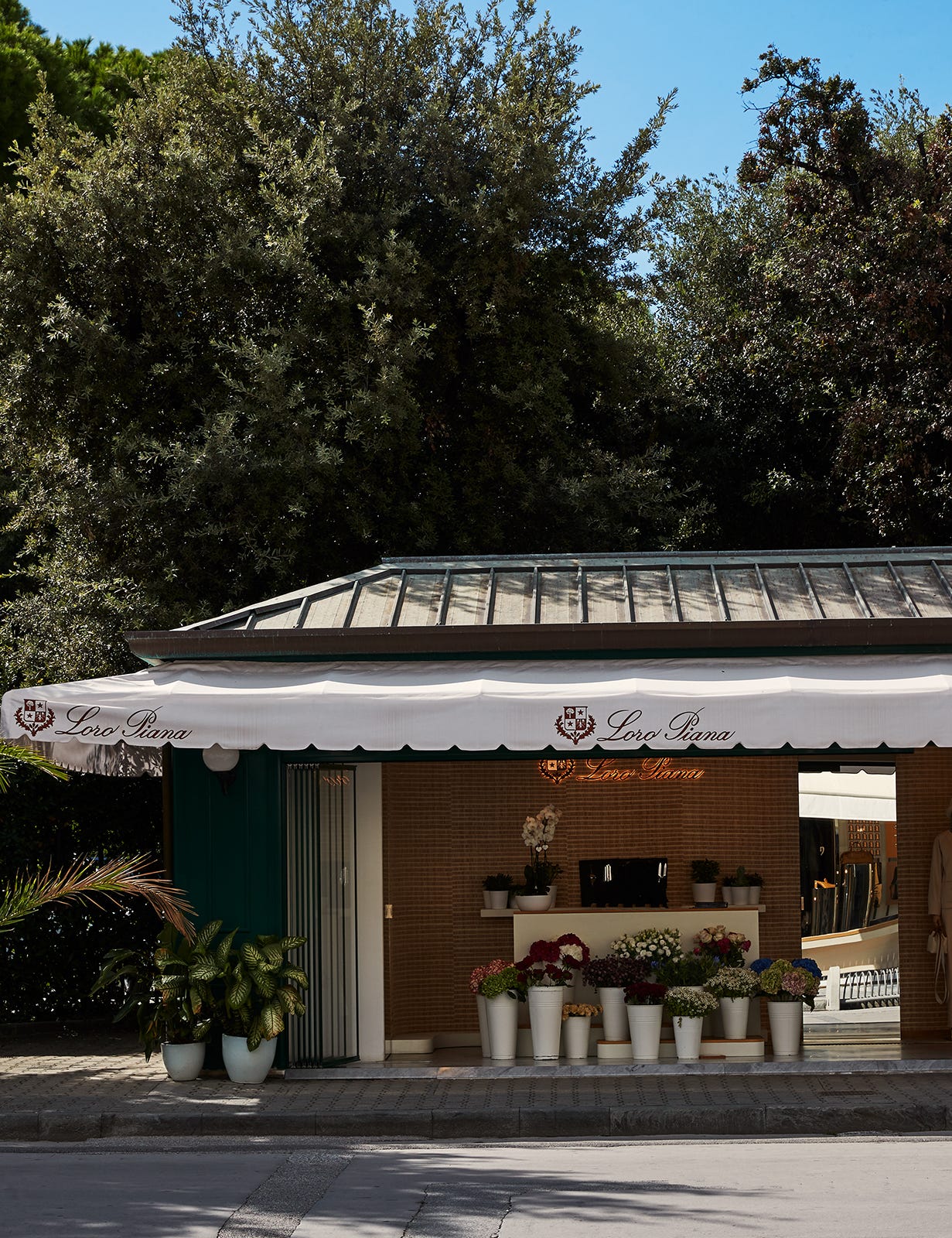
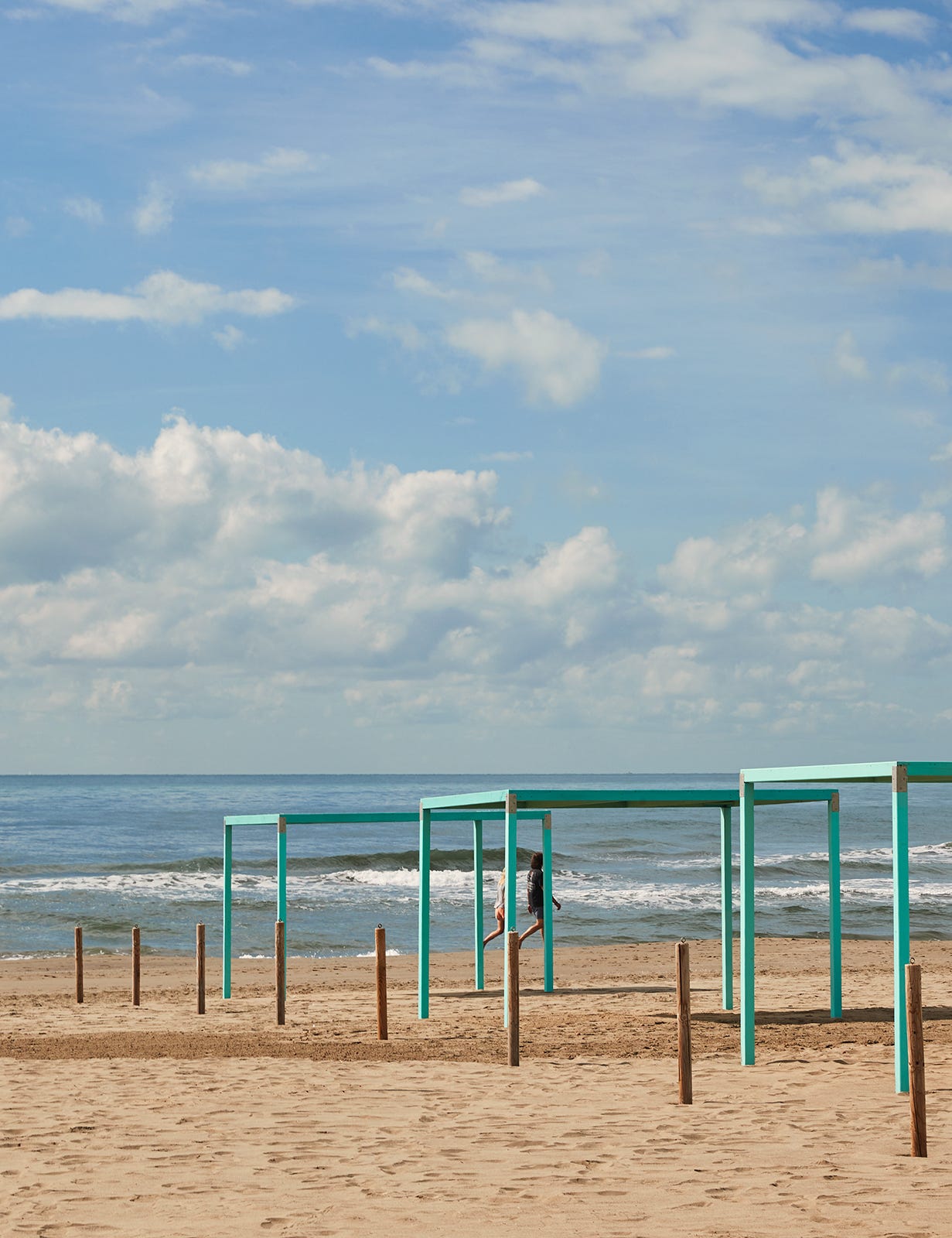

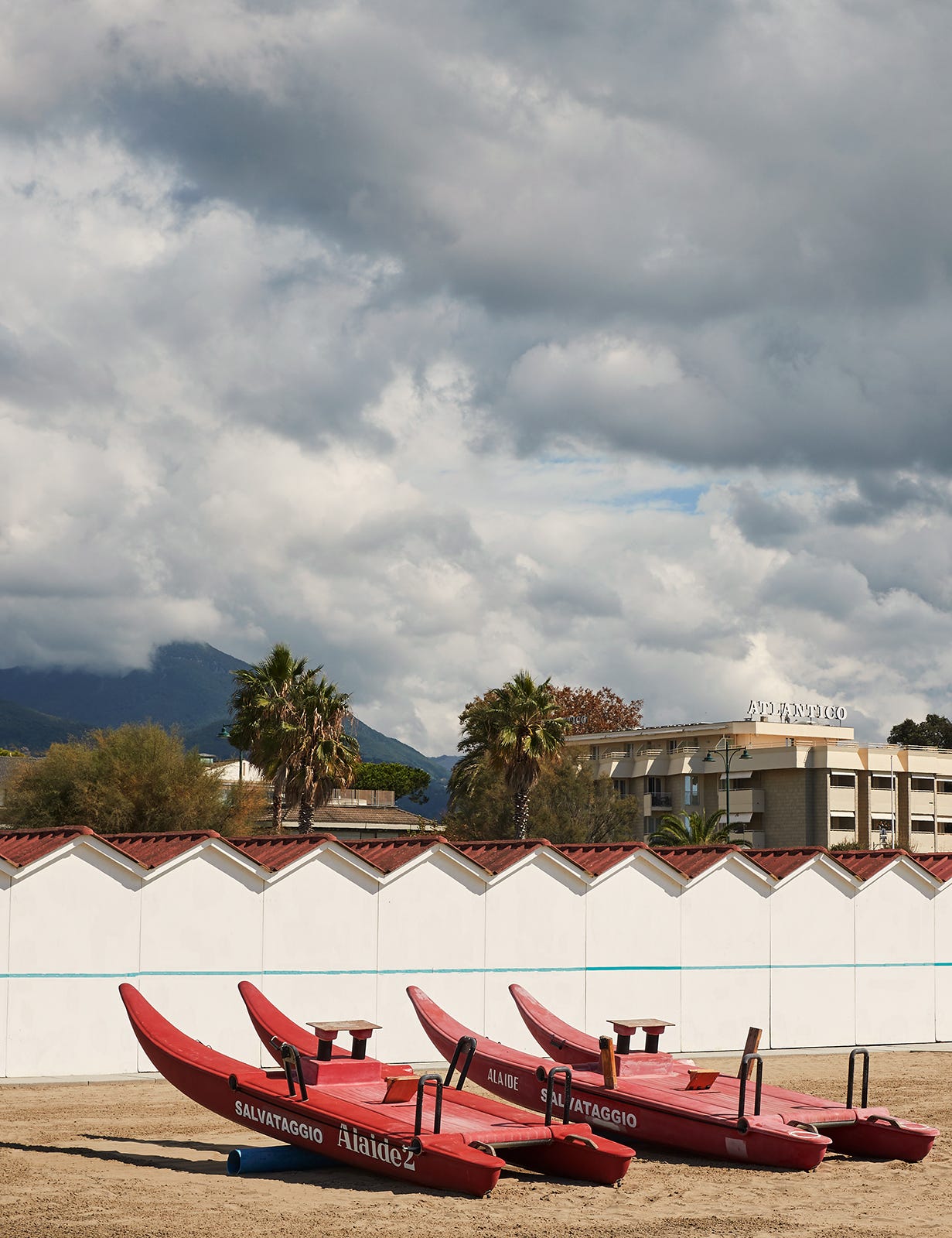
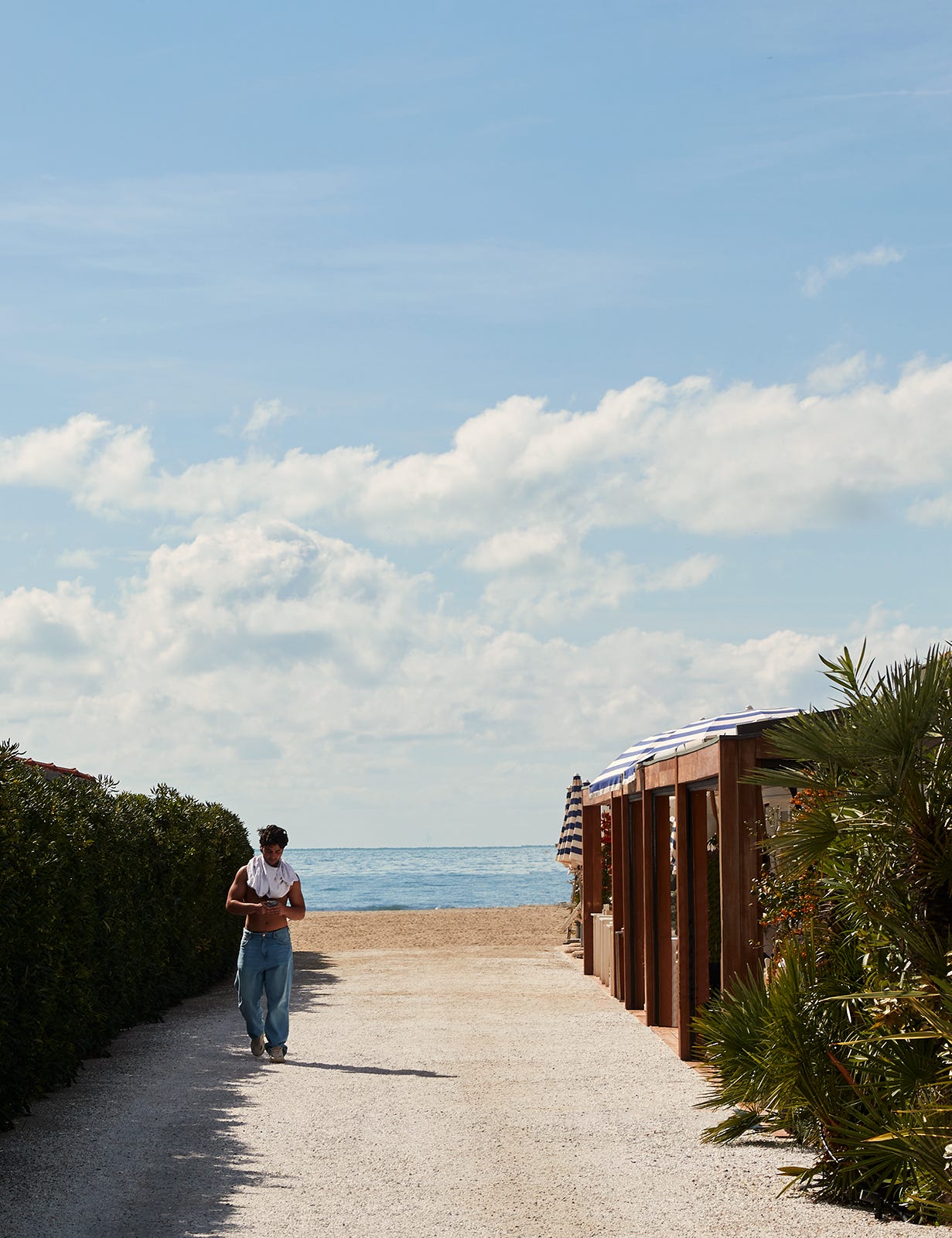
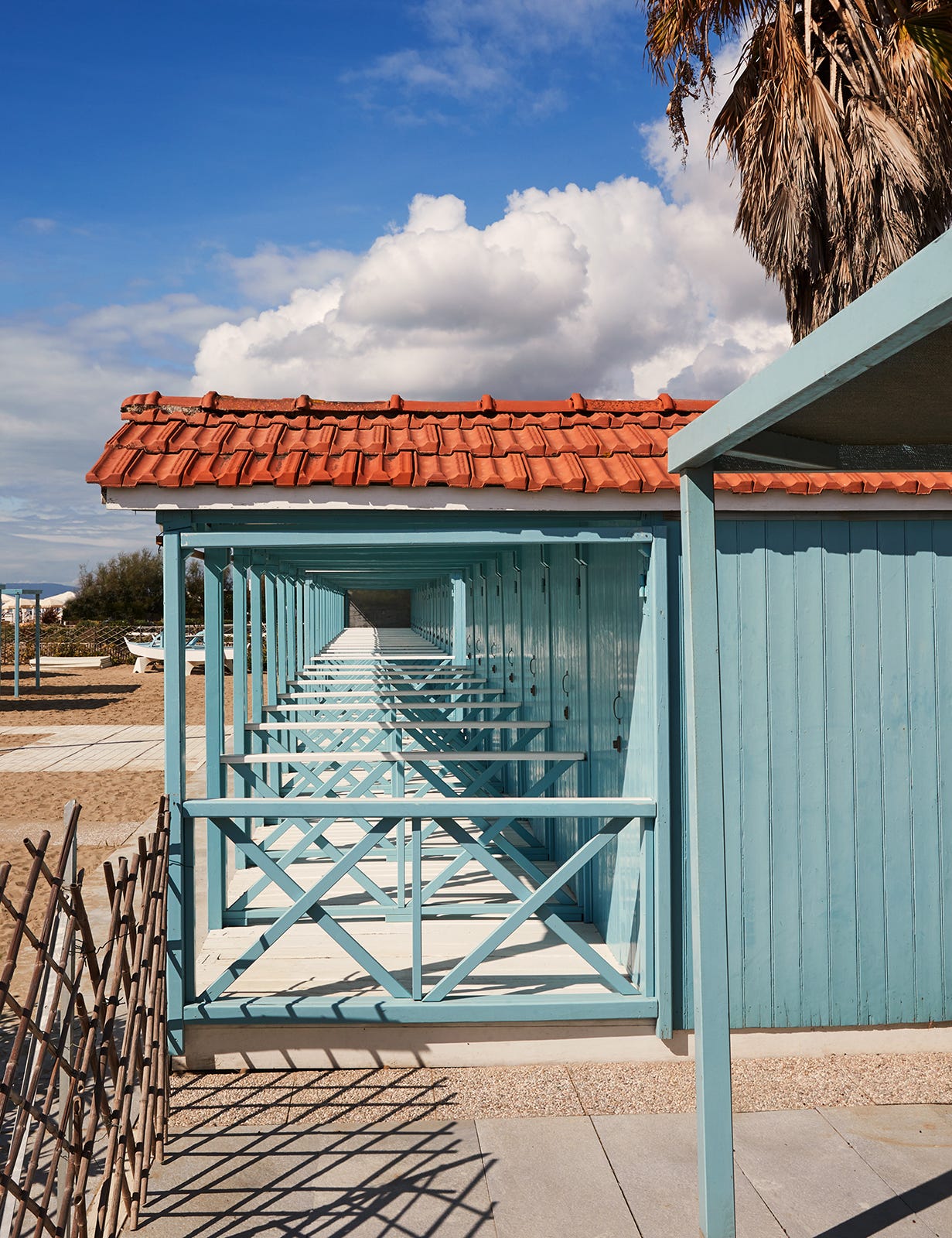

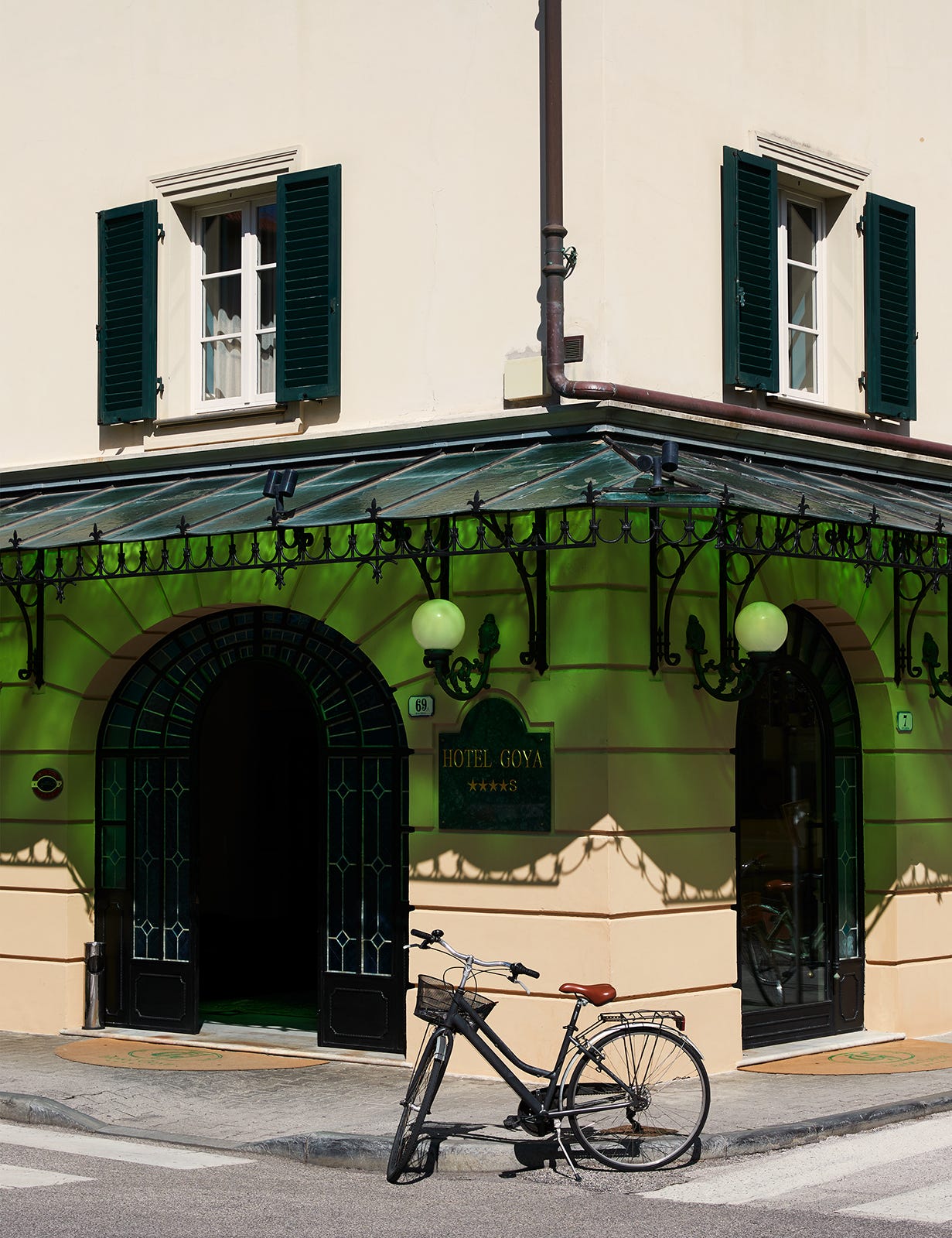
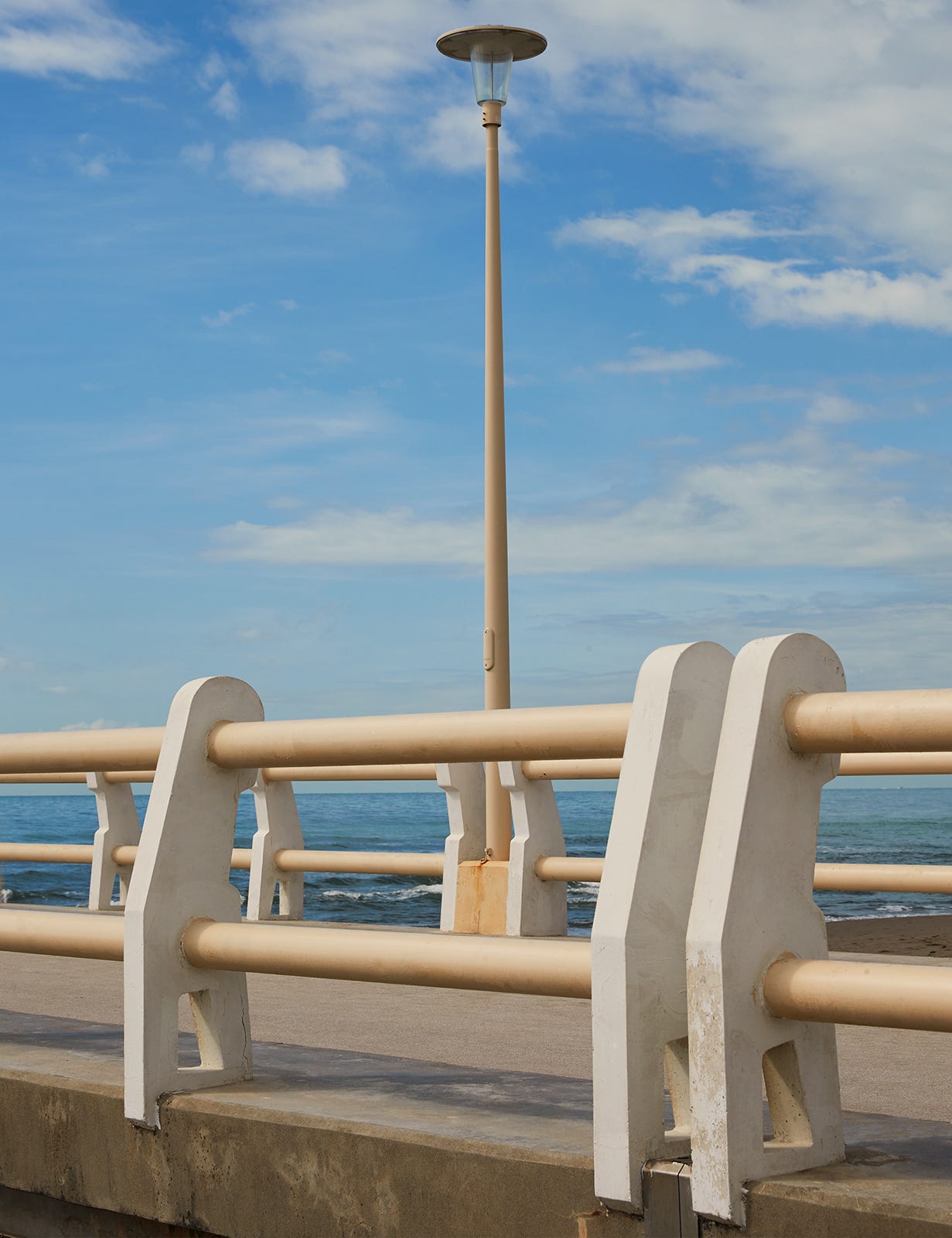
I do love a stabilimento 🏖️